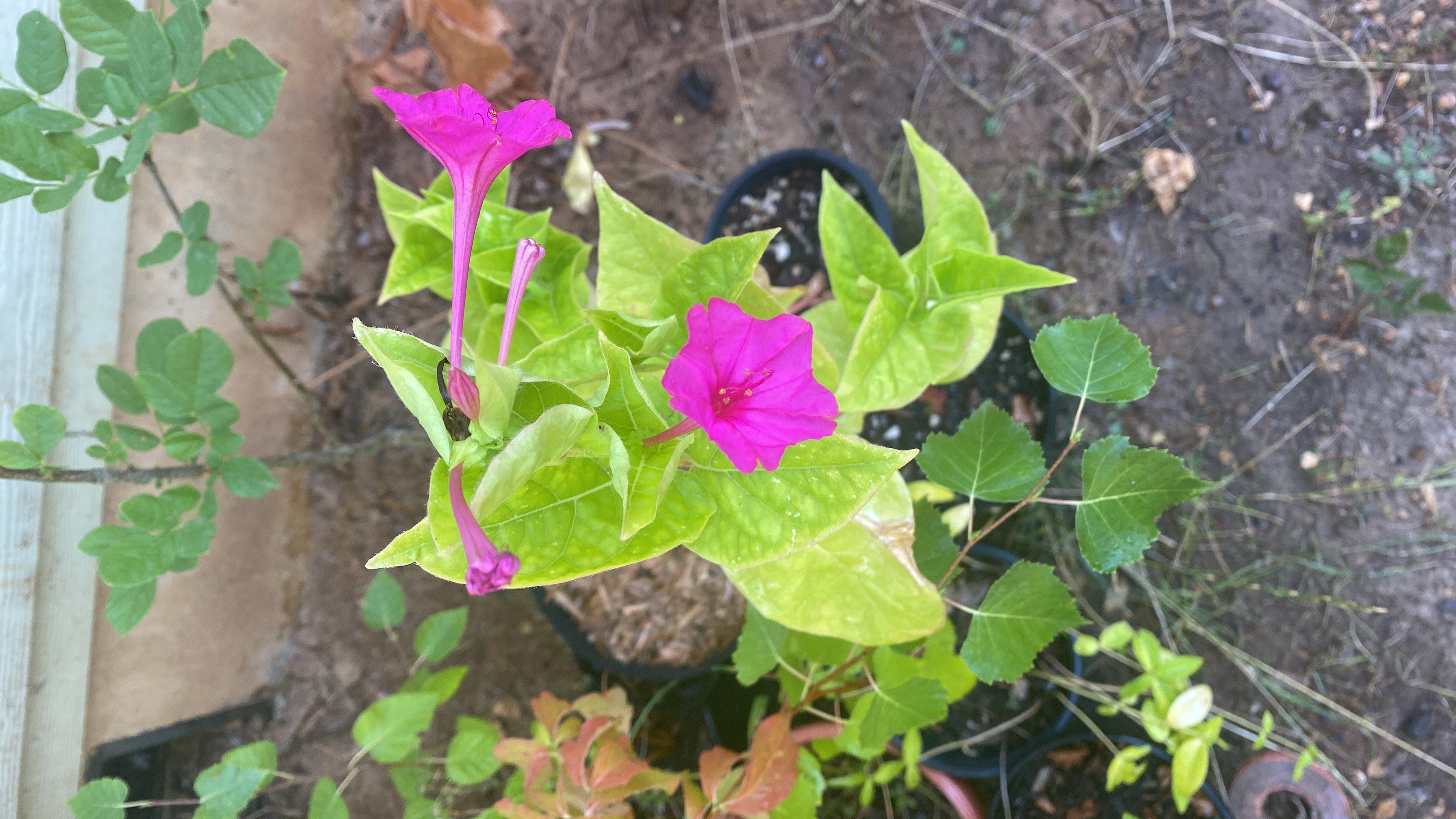Poll via Vote to Read the Room
(lemmy.world)
I spent a fair amount of time learning under a well-known native conservationist in the area, as well as working with a few university reps and some organizers of local organizations, and the general consensus I got of the area is:
native is relative to conditions. Plants move around to find ideal conditions and that has changed since when we started keeping track. Global warming is also a factor of plant movement. Species ranging from Northern California to north-western Mexico are really adapted to the conditions we have here now and shouldn’t be ruled out as plantings in the interest of keeping a local healthy flora.
Upvote to Agee to this consensus of the PNWNatives page or Downvote to Disagree.





